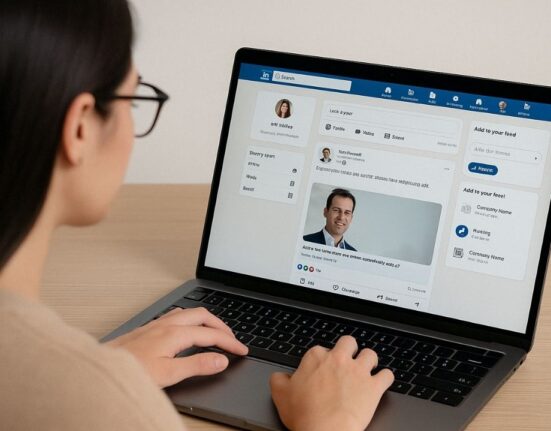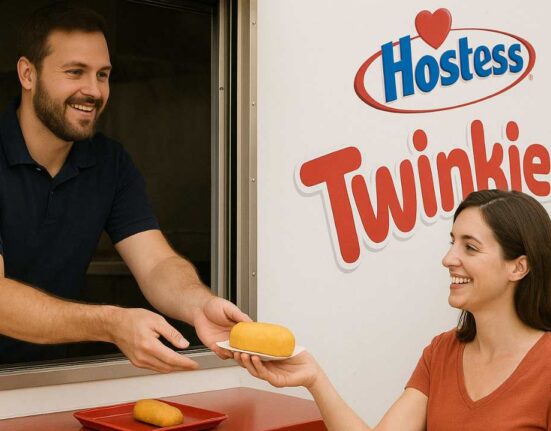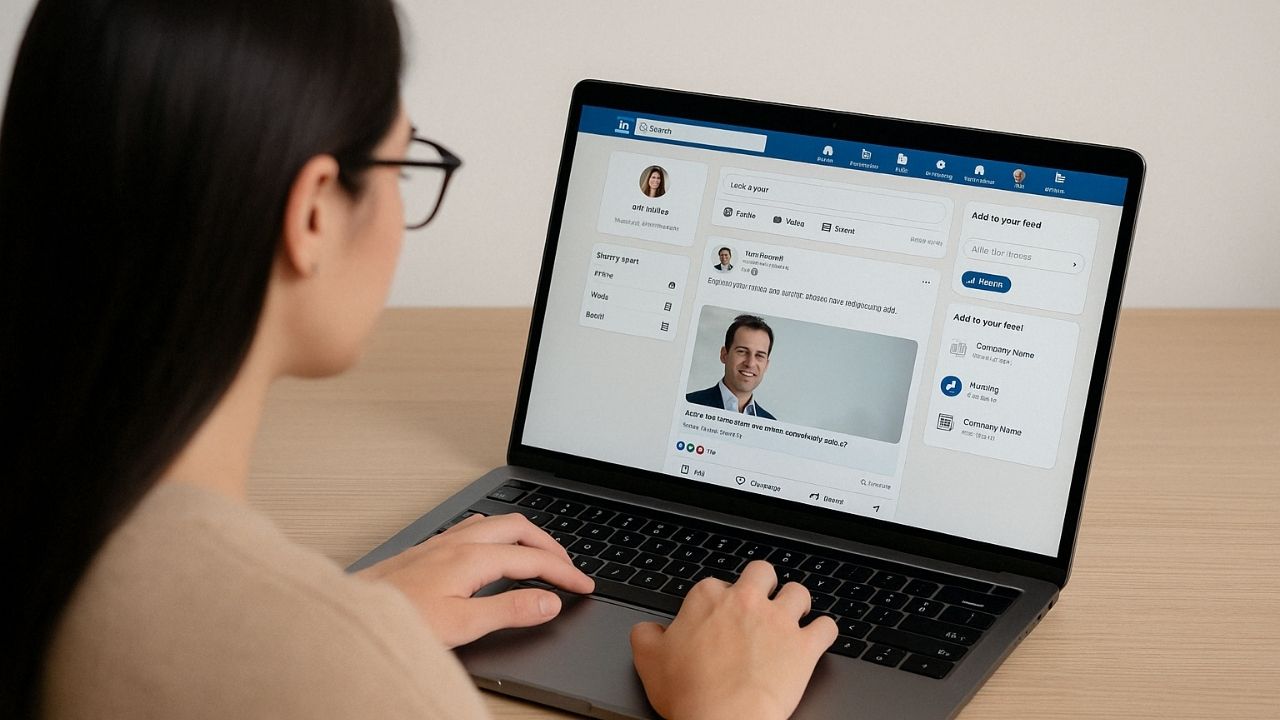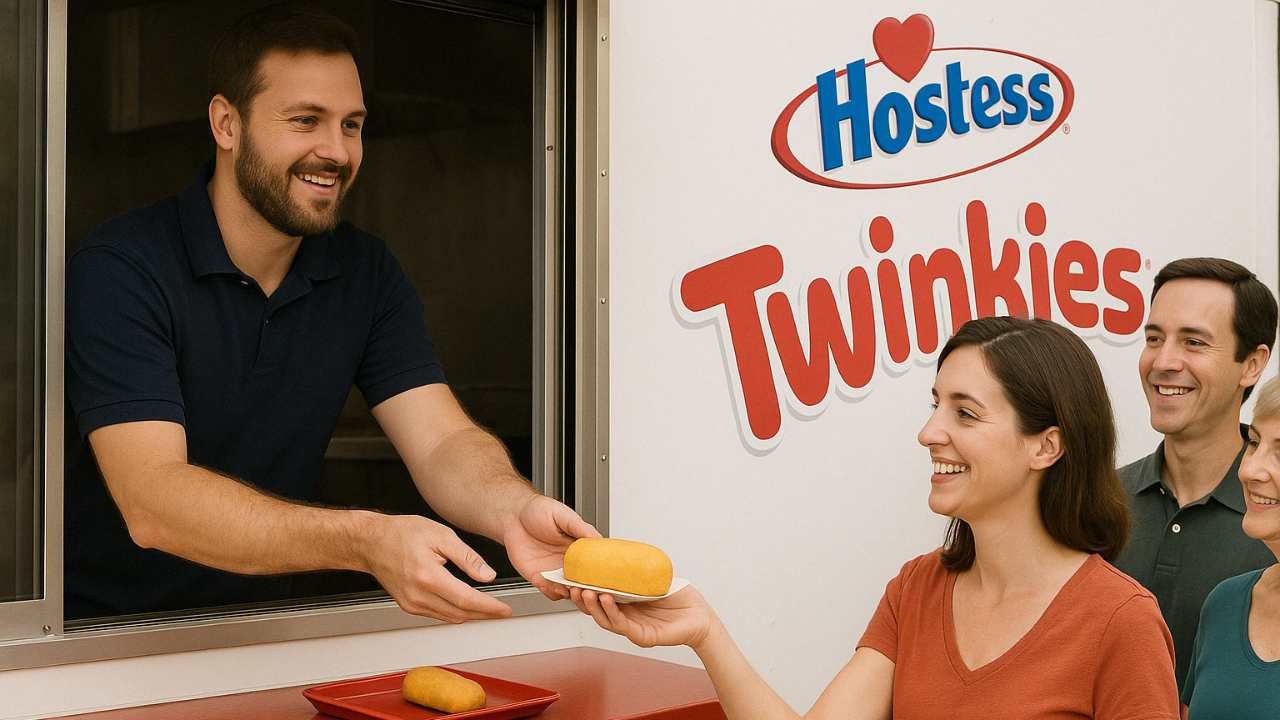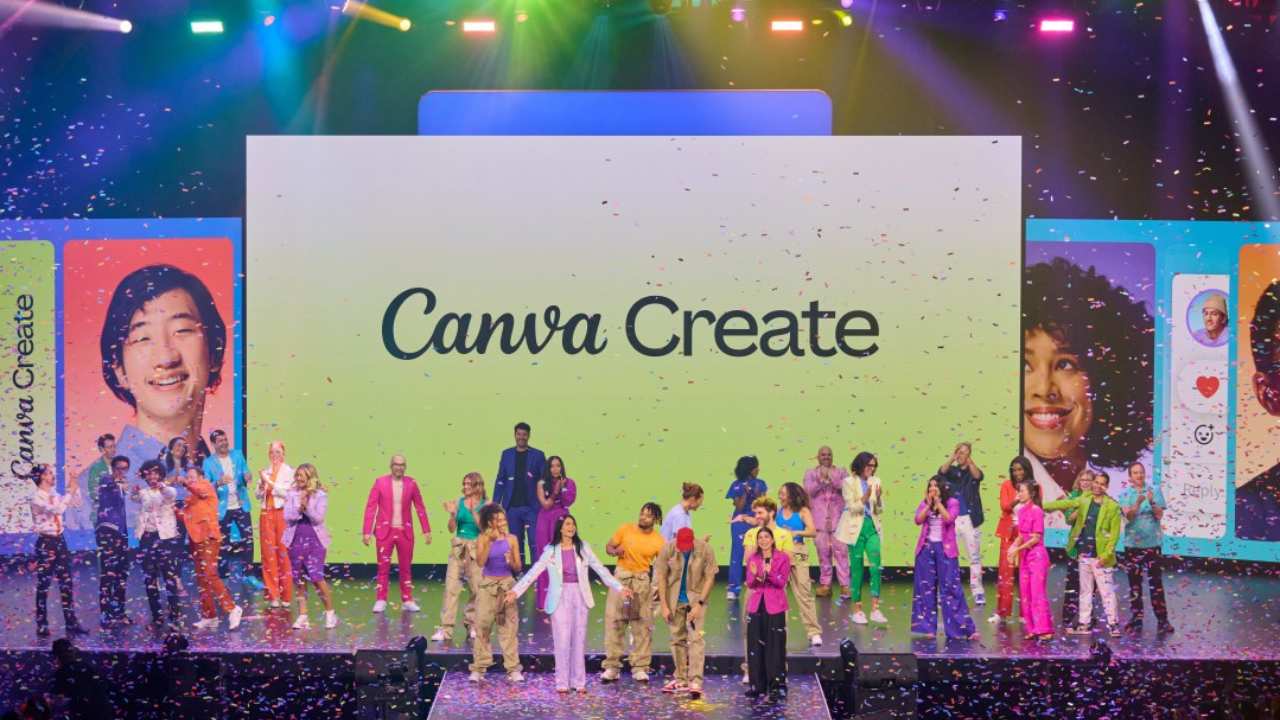When it comes to advertising, social media platforms like Facebook, Instagram, and TikTok often dominate the conversation. These channels are undoubtedly powerful, providing businesses with the ability to reach millions of users with just a few clicks. However, they are not the only options available, especially for businesses operating on a limited budget.
Recently, I came across an intriguing insight about Spotify’s advertising model. Traditionally known as a music streaming service, Spotify is now positioning itself as a major player in the advertising space, offering businesses DIY advertising options that are both affordable and effective. This got me thinking—if Spotify is providing such opportunities, what other platforms out there are offering similar solutions? And more importantly, how can businesses leverage these platforms to maximize their advertising impact without breaking the bank?
The Rise of DIY Advertising Platforms
The concept of DIY advertising is not entirely new, but its accessibility has expanded significantly in recent years. Social media was one of the first to democratize advertising, allowing businesses of all sizes to create and manage their own ad campaigns. But today, the landscape has evolved to include a variety of other platforms, each offering unique opportunities for low-cost advertising.
Take Spotify, for example. The platform’s self-service ad studio allows businesses to create audio and video ads that can be targeted to specific demographics, music genres, and even listening behaviors. This level of precision ensures that your ads are reaching the right audience at the right time, without the hefty price tag associated with traditional advertising channels like TV or radio.
Exploring Streaming Services
Streaming services like Hulu have also entered the DIY advertising space. Hulu’s self-service ad platform, launched in recent years, allows businesses to create and manage their own ads, just like they would on social media. What makes Hulu particularly attractive is its vast and diverse audience, ranging from young adults to families and even older demographics. This provides businesses with an opportunity to reach a wide audience in a more controlled and cost-effective manner.
Hulu’s advertising options are not limited to just video ads. The platform also offers interactive ads, where viewers can engage directly with the content, such as clicking on a link or answering a survey. This interactivity can significantly increase the effectiveness of your ads, making them more memorable and impactful.
The Power of Podcast Advertising
Another area that’s gaining traction is podcast advertising. Podcasts have exploded in popularity over the past decade, with millions of people tuning in daily to listen to their favorite shows. Platforms like Anchor, which is owned by Spotify, allow businesses to sponsor episodes or create their own audio ads that are seamlessly integrated into the podcast content.
Podcast advertising is particularly effective for reaching niche audiences. For instance, if your business targets fitness enthusiasts, sponsoring a popular fitness podcast can help you reach a highly engaged audience that’s more likely to be interested in your products or services. Moreover, podcast listeners tend to be loyal and attentive, making them more receptive to the ads they hear.
Digital Radio: A Modern Twist on Traditional Advertising
Digital radio platforms, such as Pandora, offer another affordable advertising option. Unlike traditional radio, which broadcasts to a general audience, digital radio allows for highly targeted advertising. Businesses can create audio ads that play between songs, targeting listeners based on their music preferences, location, and even time of day.
This level of targeting ensures that your ads are reaching listeners who are more likely to be interested in your offerings, thereby increasing the likelihood of conversion. Additionally, digital radio ads are often less expensive than traditional radio ads, making them a viable option for small to medium-sized businesses.
Search Engine Marketing: Efficiency and Control
Search Engine Marketing (SEM) is another powerful tool in the low-cost advertising arsenal. While SEM might not have the visual appeal of social media or streaming service ads, its effectiveness lies in its precision and efficiency. Google Ads, the most popular SEM platform, allows businesses to create text or display ads that appear in search engine results when users search for specific keywords related to their products or services.
One of the key advantages of SEM is that you only pay when someone clicks on your ad. This pay-per-click (PPC) model ensures that your advertising budget is spent effectively, as you’re only charged for actual engagement. Additionally, SEM allows for real-time optimization, meaning you can adjust your campaigns on the fly to improve performance based on live data.
Beyond the Obvious: Exploring Niche Advertising Channels
In addition to the mainstream options, there are also a number of niche advertising channels that businesses can explore. For example, Reddit offers a self-serve advertising platform that allows businesses to target users based on the subreddits they follow. This can be incredibly useful for reaching specific communities that are highly engaged around particular topics or interests.
Similarly, platforms like Quora offer businesses the ability to advertise directly within question and answer threads. This form of contextual advertising ensures that your ads are placed in front of users who are actively seeking information related to your products or services, increasing the likelihood of conversion.
The Bottom Line: Diversification is Key
The key takeaway here is that businesses, particularly those with limited budgets, have a wealth of advertising options at their disposal. While social media remains a popular and effective choice, it’s important not to overlook other channels that offer equally valuable opportunities for exposure and engagement.
Diversifying your advertising strategy across multiple platforms not only helps you reach a broader audience but also reduces your reliance on any single channel. This can be particularly beneficial in today’s rapidly changing digital landscape, where platform algorithms and user behaviors can shift unexpectedly.
By exploring options like Spotify, Hulu, podcast advertising, digital radio, SEM, and niche platforms like Reddit and Quora, businesses can maximize their reach and impact without overspending. The digital age has democratized advertising, making it accessible to businesses of all sizes—and it’s up to you to take advantage of these opportunities.
Additional Resources:


